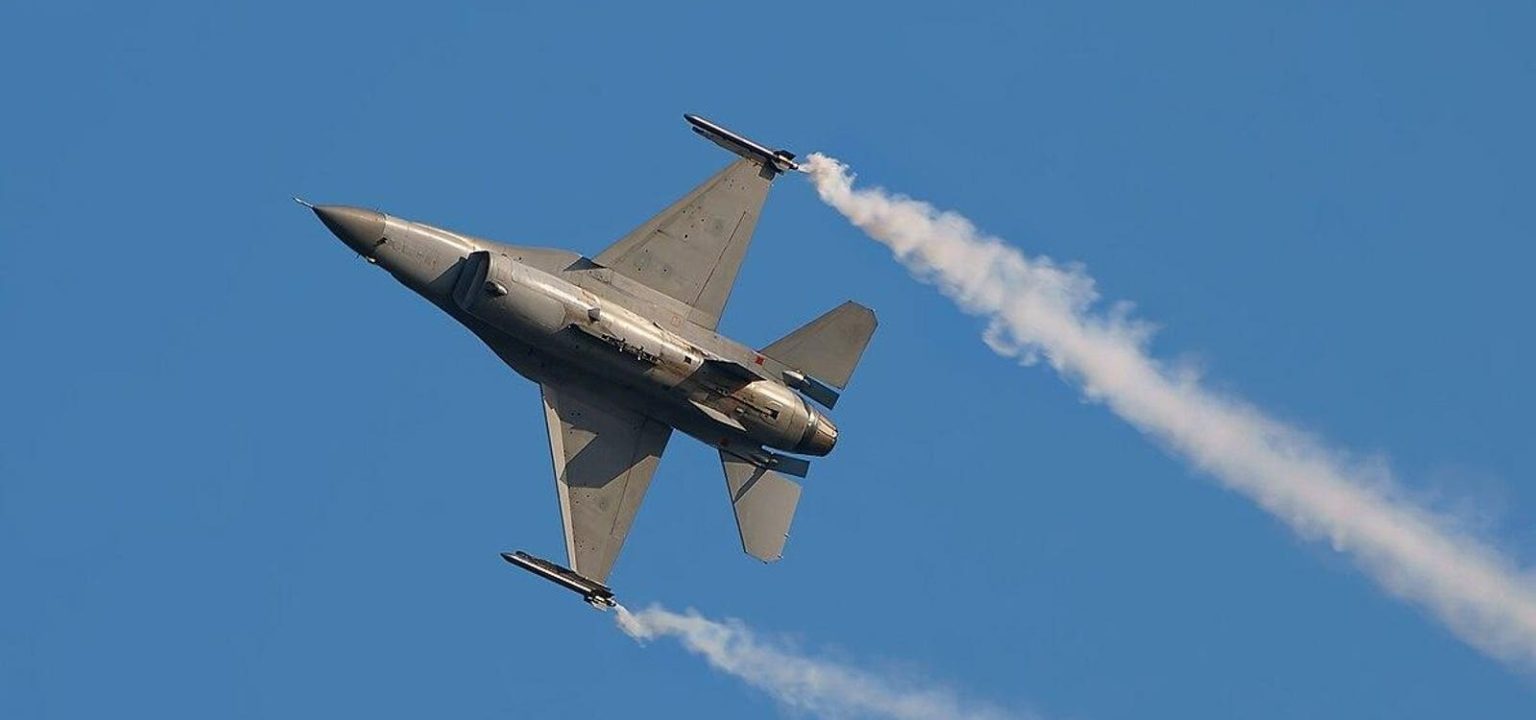Gen. Serhii Golubtsov, the commander of the Ukrainian air force, has said all along he needed four operational squadrons of Lockheed Martin F-16 fighters to have any chance of controlling the air over a single sector of the 700-mile front line of Russia’s wider war on Ukraine.
It’s taken more than a year of intensive diplomacy between Ukrainian, Norwegian, Dutch, Danish and Belgian officials, but Golubtsov is finally getting his four squadrons.
On Tuesday, Ukrainian president Volodymyr Zelensky announced Belgium would donate 30 surplus F-16s—boosting to 85 the total number of the nimble, supersonic fighters Ukraine should receive starting this summer.
That’s enough jets to sustain the Ukrainians’ F-16 training unit in Romania—currently flying 18 ex-Dutch F-16s—while also equipping the equivalent of four squadrons each with 16 jets. The three additional planes would presumably be in reserve to replace the inevitable combat losses.
The 64 front-line jets—the equivalent of a U.S. Air Force fighter wing—could achieve local air superiority, albeit temporarily, Golubtsov said last year.
“To plan an operation from A to Z, I think it is worth talking about at least a squadron, at least 12 to 16 planes,” Golubtsov explained. “If it will be at least three to four squadrons, I think that in a separate direction we will be able to gain superiority in the air.”
The 1980s-vintage F-16s—which the Norwegian, Dutch, Danish and Belgian air forces upgraded to common standard in the late 1990s and early 2000s—have modern radars and are compatible with a wide array of precision munitions and electronic jammers.
Lobbing anti-radar missiles and satellite-guided glide bombs, the 12-ton F-16s could suppress Russian air defenses and strike Russian supply lines. But as early as last year, Golubtsov said the F-16’s most important targets would be in the air.
Armed with AIM-120 air-to-air missiles, the fighters could “force the enemy to completely abandon the strikes they are currently making in a certain area,” Golubtsov said.
The general was referring to Russia’s escalating glide-bombing campaign. Since mid-2023, Russian air force Sukhoi Su-30, Su-34 and Su-35 fighters—each hauling as many as four KAB glide bombs—have been pummeling Ukrainian positions and cities from as far as 40 miles away with as many as 3,000 bombs a month.
A single KAB might weigh more than a ton and strike within tens of yards of its aim point. “These bombs completely destroy any position,” wrote Egor Sugar, a trooper with the Ukrainian army’s 3rd Assault Brigade. “All buildings and structures simply turn into a pit.”
The KAB glide-bombs are a “miracle weapon” for the Russians, Ukrainian Deep State noted back in March. And right now, the Ukrainians have “practically no countermeasures.” The Ukrainian air force’s 75 or so existing ex-Soviet fighters lack modern radars and air-to-air missiles; the air force’s surface-to-air missile batteries are too few in number to protect every city and troop concentration.
F-16s could target the Russian glide bombers from as far as 100 miles, pushing the bombers away from vulnerable cities and positions and, for the first time in a year, blunting Russia’s aerial edge.
But that’s only possible with the latest and farthest-flying AIM-120 missiles. The older AIM-120B model ranges just 30 miles or so; the new AIM-120D boasts an impressive range in excess of 100 miles.
The Pentagon hasn’t specified which variants of the AIM-120 it has given to Ukraine, but a Ukrainian air force spokesman all but confirmed the AIM-120D is on the list. “The United States will supply Ukraine with AMRAAM aircraft missiles with a range of 160 to 180 kilometers,” Yuriy Inhat, a Ukrainian air force spokesperson, said last year.
180 kilometers is 112 miles.
The equivalent of four squadrons of F-16s could tilt the balance of power over the front line back in Ukraine’s favor—but it won’t happen all at once. The F-16s are set to arrive in small batches over a period of years as more of the aging planes get overhauled—and as more Ukrainian pilots complete their training.
Sources:
1. Volodymyr Zelensky: https://x.com/ZelenskyyUa/status/1795358045733564527
2. Egor Sugar: https://x.com/SugarEgor/status/1758538023539556496
3. Deep State: https://t.me/DeepStateUA/19104
4. Air and Space Forces: https://www.airandspaceforces.com/us-ukraine-air-amraam-guided-missiles/
Read the full article here





